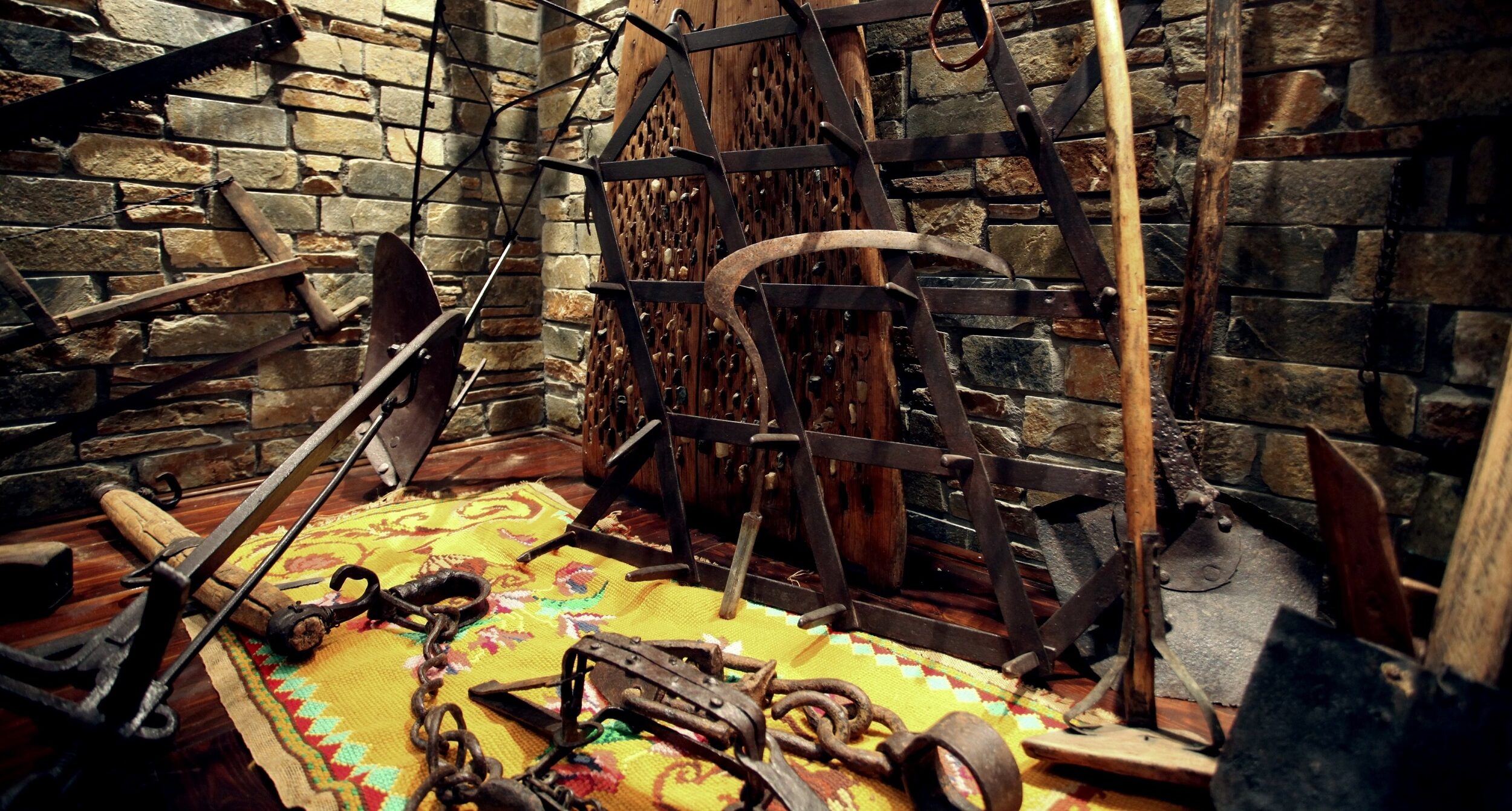
Omolio Folk-Agricultural Showroom Marinos Antipas
Omolio Folk-Agricultural Showroom Marinos Antipas
Omolio is a historical settlement of the Municipality of Agia surrounded by great natural beauty. Located in a central location, 40 km from the capital of the Larissa regional administration, just three kilometers from the Athens-Thessaloniki national road and at a minimum distance from the sea. According to Homer, the city participated in the Amphictyony of Delphi, while the mint of Ancient Omoli was one of the greatest in central Greece. The ruins of this ancient city and citadel still remain close to current Omolio.
Conditions brought the village back close to major historical events. This is the soil in which Marinos Antipas is buried, one of the most important figures of Greece in the fight to defend civil liberties. When Antipas came to Thessaly, where he took over as caretaker of the property of his uncle, he changed social conditions in the region. Although he was in a position of strength, he deleted agricultural debts, applied Sunday as a day off and set the remuneration of tenant farmers based on 75% of production (instead of 25% as was up to then in force). His murder was the natural consequence in a place dominated by lthe andowners of the time.
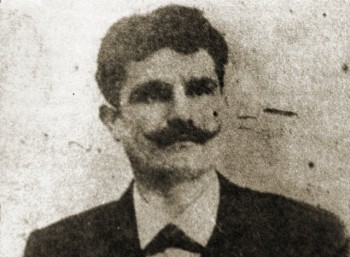
Μαρίνος Αντύπας / Marinos Antypas
Nowadays, the local community commemorates him, recognizing his contribution to changing social conditions, both in the region and across the country. It built a modest monument erected in Omolio where events are held every year in memory of the great fighter. At the same time, it gave his name to the small museum built in the village: Omolio Folk-Agricultural Showroom Marino Antipas, housed in the former Community chambers, located in the village square.
Today, the exhibition presents the tools used by the people for whom Antipas fought. Inaugurated on 18 March 2007 to mark the 100th anniversary of his death (murdered in 1907 in Pirgetos). Premechanical agricultural and foraging tools are hosted in the exhibition venue. Visitors can also admire tools of traditional occupations (fishermen, shoemakers, weavers, etc.) and objects from daily life of local people: handicrafts, embroidery and textiles, utilitarian household items (sofras (low tables), pots, pinakoti (bread levening boards)), local costumes, traditional clothing, woodwork items, postcards and engravings, coins, antique furniture, and a local bisiki (cot).
The collection includes artifacts that may be considered historical documents: a local’s military diary, which describes in detail the experience of the war in Asia Minor, but also photographs of social events and the occupations of the inhabitants. The showroom has a conference hall that holds 50-60 people.

Λαογραφικό-Γεωργικό Εκθετήριο Ομολίου Μαρίνος Αντύπας
Places like the Omolio Folk-Agricultural Showroom Marinos Antipas, although exhibiting objects from earlier times, alsoshow that traditional culture is not a static body of evidence that survives only in a museum. Because on the one hand, tools and materials actually bear witness to the immutable characteristics of an era (available resources, raw materials), however, they also reveal the basic principles of human creativity that lead to evolution. The name of the exhibition reminds us, at the same time, that this creativity should always be developed with concepts such as respecting the principles of human law and social justice.
The Αuthentic Athens Marathon! Its concept and history…
Millions of people around the world have chosen running as a form of regular exercise, with the number increasing every year. Of these, more and more participate in organized races of shorter or longer distances each year. Such races are held in every location to mark an anniversary, as a means of raising awareness, as a tradition, etc. A constant factor in their success, even if the organization is not perfect, remains the mass participation of athletes of all ages. Of course, the starting point and the ultimate challenge for every runner is to participate in ...More
Archaeological Museum of Drama | Sculpting Echo: Dialogue between Sculpture and Music
As a natural receptor of 8,000 years of history, the plain of Drama is part of the "Park of Philippi" and the connecting link between the ancient cities of Philippi and Amphipolis, making this geographical axis a single "Plain of Culture." The natural springs of Drama, which have nourished the plain for centuries, are intertwined with the life and cultural history of the region, which dates back to the Paleolithic Age, the beginning of the worship of the god Dionysus by the ancient Thracian tribe of the Edoni, the continuation of his worship during the reign ...More
EMST| The Greek month in London 1975, 50 years later- Art at a time of Political Change| From 08 November 2025
As part of its mission, the National Museum of Contemporary Art, Athens (EMΣT) seeks to cultivate creative practices of memory that resist the prevailing culture of amnesia toward the past. By revisiting pivotal moments in recent history and art history, the Museum highlights events that have shaped Greece’s contemporary cultural landscape. Within this framework, EMΣT presents a commemorative exhibition marking fifty years since the historically significant Greek Month in London, held between November and December 1975. The exhibition focuses on the visual arts programme of Greek Month, which featured two landmark shows: Four Painters of 20th Century Greece and Eight Artists, Eight ...More
Epigraphic Museum | 8th Cycle of Educational Lectures | By literary critic and prose writer Kostas Voulgaris
On Thursday, November 13, 2025, at 6:00 p.m. (subsequent lectures, same time, Thursday, November 20, and Thursday, November 27), the 8th series of lectures by the Society of Authors and the Epigraphic Museum will take place, with speakers who are members of the Society and topics covering a wide range of fields, such as Mathematics, Artificial Intelligence, Linguistics, Environment, etc. This second autumn cycle, featuring literary critic and prose writer Kostas Voulgaris as speaker, has as its theme "Three milestones in modern Greek poetry (and the smile of Michael Psellos)". The lectures: Thursday, November 13, 2025: ...More
grape 2025: The winners of the National Bank of Greece – Mastercard Audience Awards
On Friday, October 31, the National Bank of Greece – Mastercard Awards were presented as part of grape 2025, the platform that promotes Greek performing arts abroad, at an event organized by the Athens & Epidaurus Festival at 260 Pireos Street. The first prize was awarded to the theatrical performance The Old Women Who Gather Nettles by Konstantinos Dellas, the second prize to the dance performance Adequately Creative, written and choreographed by Konstantinos Papanikolaou (a co-production of the Athens & Epidaurus Festival and the Stavros Niarchos Foundation Cultural Center), and the third prize went to the ...More
Group Exhibition at Circuits and Currents | Constant Bliss in the City | November 8–26, 2025
The group exhibition Circuits and Currents, which will take place at the Athens School of Fine Arts in the city center from November 8 to 26, examines the concept of happiness in its broad political dimension. According to Aristotelian ethics, happiness can be achieved within the constantly changing environment of the political community. It is the sum of active and rational relationships with fellow human beings and the city. A new "sensitivity" could be born and define modern metropolises. A sensitivity that is as specific to the spirit of the place as it is to the ...More

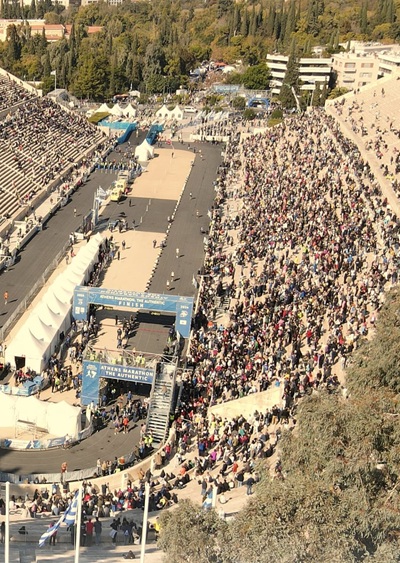

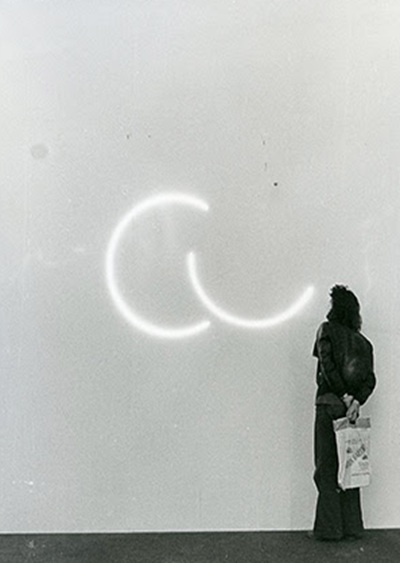
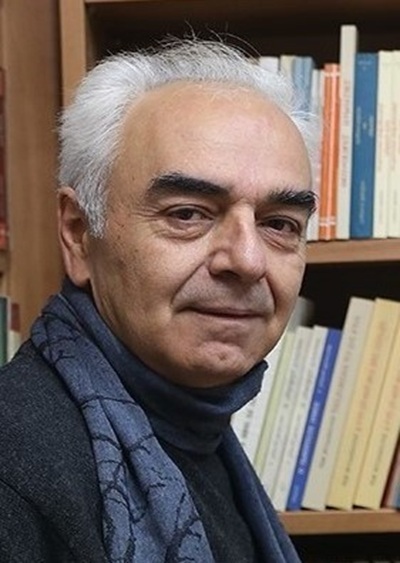
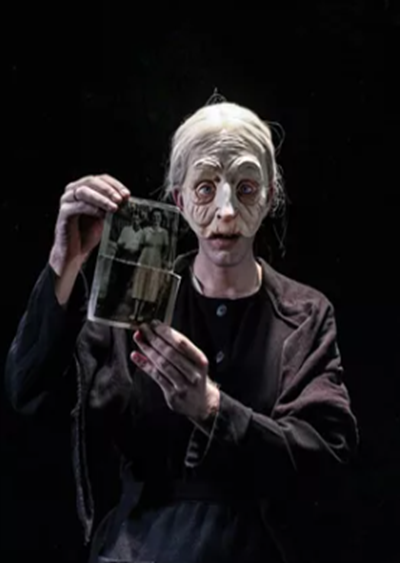
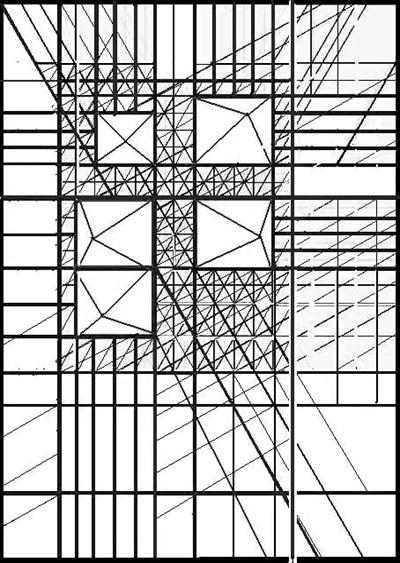
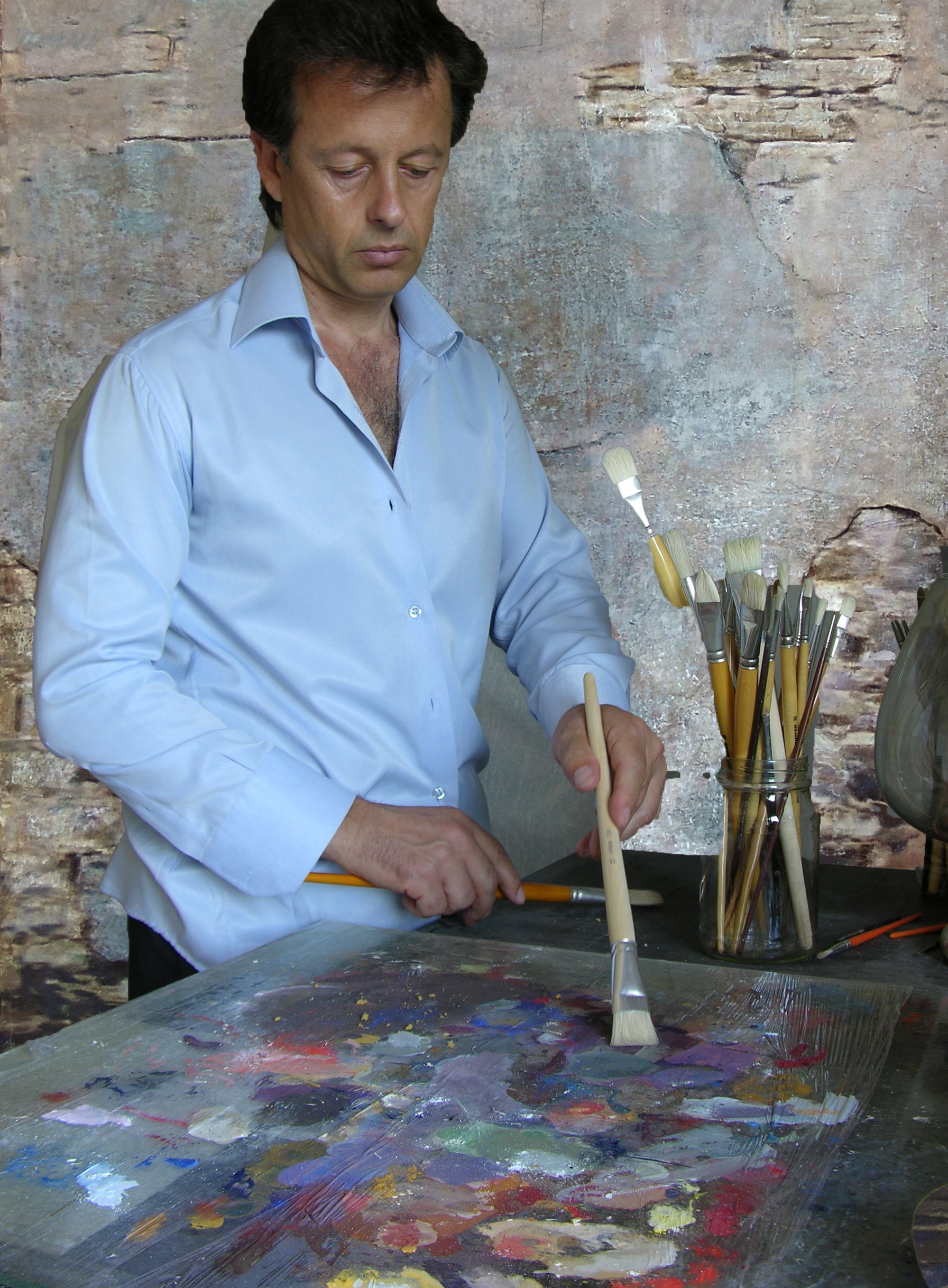
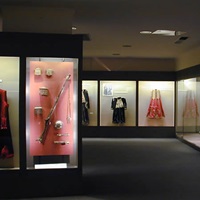
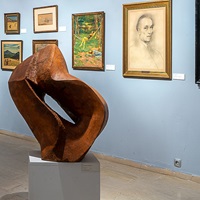



Leave A Comment